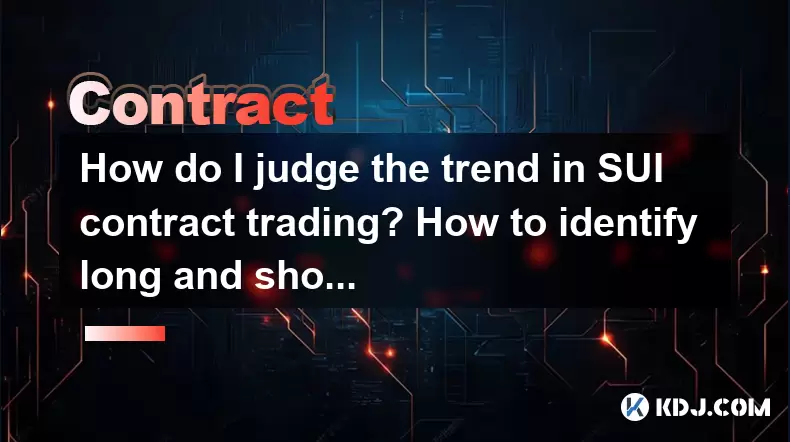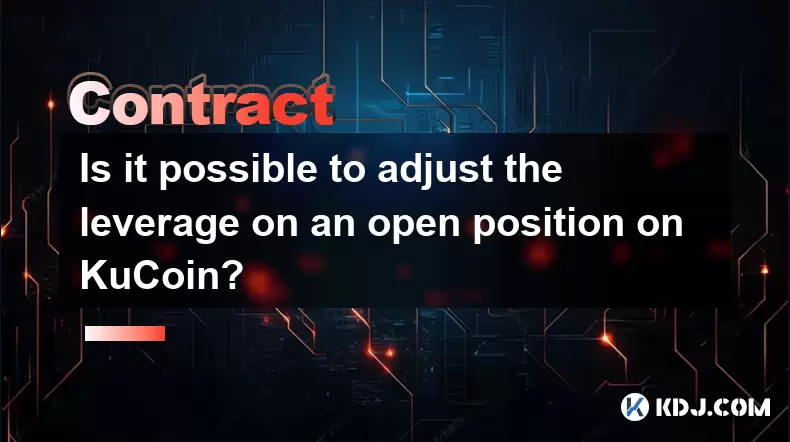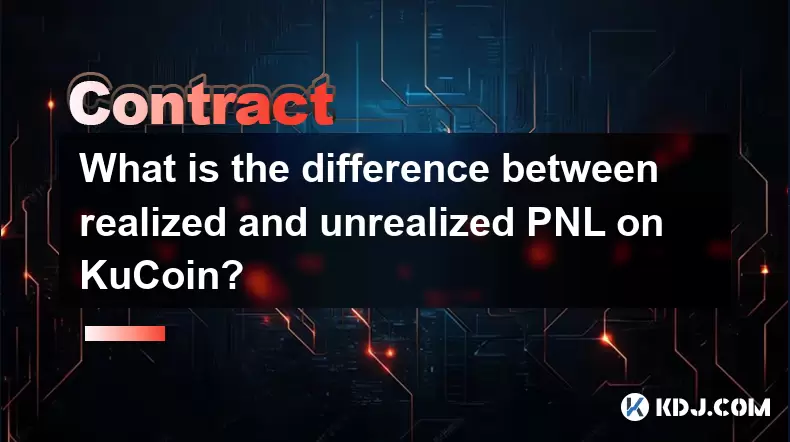-
 Bitcoin
Bitcoin $117600
0.25% -
 Ethereum
Ethereum $4424
0.10% -
 XRP
XRP $3.101
0.50% -
 Tether USDt
Tether USDt $1.001
-0.01% -
 BNB
BNB $836.2
1.26% -
 Solana
Solana $188.8
2.11% -
 USDC
USDC $1.000
0.01% -
 Dogecoin
Dogecoin $0.2301
0.57% -
 TRON
TRON $0.3485
-1.00% -
 Cardano
Cardano $0.9209
-1.34% -
 Hyperliquid
Hyperliquid $46.72
-1.19% -
 Chainlink
Chainlink $22.62
4.84% -
 Stellar
Stellar $0.4275
-0.38% -
 Sui
Sui $3.761
1.91% -
 Bitcoin Cash
Bitcoin Cash $586.7
-0.25% -
 Ethena USDe
Ethena USDe $1.001
0.01% -
 Hedera
Hedera $0.2510
2.06% -
 Avalanche
Avalanche $24.21
2.22% -
 Litecoin
Litecoin $119.7
1.07% -
 Toncoin
Toncoin $3.450
1.06% -
 UNUS SED LEO
UNUS SED LEO $9.411
-0.93% -
 Shiba Inu
Shiba Inu $0.00001298
1.20% -
 Uniswap
Uniswap $10.98
3.25% -
 Polkadot
Polkadot $3.961
2.16% -
 Dai
Dai $1.000
0.00% -
 Bitget Token
Bitget Token $4.642
0.95% -
 Cronos
Cronos $0.1514
0.57% -
 Ethena
Ethena $0.7290
3.78% -
 Monero
Monero $254.1
7.69% -
 Pepe
Pepe $0.00001102
2.47%
How do I judge the trend in SUI contract trading? How to identify long and short signals?
To trade SUI contracts effectively, analyze price action, use moving averages, check volume, and monitor market sentiment to identify trends and signals.
May 09, 2025 at 01:49 pm

Understanding SUI Contract Trading
SUI contract trading involves trading contracts based on the SUI cryptocurrency, which is a relatively new entrant in the crypto market. To effectively trade these contracts, it's crucial to understand how to judge the market trend and identify long and short signals. This article will guide you through the process of analyzing trends and recognizing signals in SUI contract trading.
Analyzing Market Trends in SUI Contract Trading
To judge the trend in SUI contract trading, you need to analyze various market indicators and data points. Here are the key steps to follow:
Price Action Analysis: The most straightforward way to judge the trend is by observing the price action of SUI. If the price is consistently making higher highs and higher lows, it indicates an uptrend. Conversely, if the price is making lower highs and lower lows, it suggests a downtrend.
Moving Averages: Using moving averages can help smooth out price action and provide a clearer picture of the trend. A common strategy is to use two moving averages, such as the 50-day and 200-day moving averages. If the shorter-term moving average (50-day) crosses above the longer-term moving average (200-day), it's known as a golden cross and indicates a potential uptrend. If the shorter-term moving average crosses below the longer-term moving average, it's called a death cross and suggests a potential downtrend.
Volume Analysis: Volume can confirm the strength of a trend. In an uptrend, increasing volume on up days and decreasing volume on down days can confirm bullish sentiment. In a downtrend, increasing volume on down days and decreasing volume on up days can confirm bearish sentiment.
Market Sentiment: Keeping an eye on market sentiment through social media, news, and sentiment analysis tools can provide additional insights into the trend. Positive news and sentiment can drive the price higher, while negative news and sentiment can push the price lower.
Identifying Long Signals in SUI Contract Trading
Long signals indicate that it might be a good time to buy SUI contracts, expecting the price to rise. Here are some common long signals to look for:
Breakout Above Resistance: If the price of SUI breaks above a significant resistance level with strong volume, it can be a strong long signal. This indicates that the bulls have taken control and the price may continue to rise.
Bullish Candlestick Patterns: Patterns such as the hammer, bullish engulfing, and morning star can indicate a potential reversal from a downtrend to an uptrend. These patterns suggest that buyers are stepping in and pushing the price higher.
Positive Divergence: If the price of SUI is making lower lows, but a momentum indicator like the Relative Strength Index (RSI) is making higher lows, it indicates positive divergence. This suggests that the downtrend may be losing momentum and a reversal to the upside could be imminent.
Oversold Conditions: If the RSI or another oscillator falls into oversold territory (typically below 30), it can signal that the price has been pushed too low and may be due for a rebound. This can be a good long signal, especially if other indicators confirm the potential for a reversal.
Identifying Short Signals in SUI Contract Trading
Short signals indicate that it might be a good time to sell or short SUI contracts, expecting the price to fall. Here are some common short signals to look for:
Breakdown Below Support: If the price of SUI breaks below a significant support level with strong volume, it can be a strong short signal. This indicates that the bears have taken control and the price may continue to fall.
Bearish Candlestick Patterns: Patterns such as the shooting star, bearish engulfing, and evening star can indicate a potential reversal from an uptrend to a downtrend. These patterns suggest that sellers are stepping in and pushing the price lower.
Negative Divergence: If the price of SUI is making higher highs, but a momentum indicator like the RSI is making lower highs, it indicates negative divergence. This suggests that the uptrend may be losing momentum and a reversal to the downside could be imminent.
Overbought Conditions: If the RSI or another oscillator rises into overbought territory (typically above 70), it can signal that the price has been pushed too high and may be due for a correction. This can be a good short signal, especially if other indicators confirm the potential for a reversal.
Using Technical Indicators for SUI Contract Trading
Technical indicators can provide additional insights into the trend and help confirm long and short signals. Here are some key indicators to consider:
Relative Strength Index (RSI): The RSI measures the speed and change of price movements. It oscillates between 0 and 100 and is typically used to identify overbought and oversold conditions. An RSI above 70 suggests overbought conditions, while an RSI below 30 suggests oversold conditions.
Moving Average Convergence Divergence (MACD): The MACD is a trend-following momentum indicator that shows the relationship between two moving averages of a security’s price. A bullish crossover occurs when the MACD line crosses above the signal line, indicating a potential uptrend. A bearish crossover occurs when the MACD line crosses below the signal line, indicating a potential downtrend.
Bollinger Bands: Bollinger Bands consist of a middle band being a simple moving average, and two outer bands that are standard deviations away from the middle band. When the price touches the upper band, it can indicate overbought conditions, while touching the lower band can indicate oversold conditions. A squeeze of the bands can signal a potential breakout.
Combining Multiple Indicators for SUI Contract Trading
To increase the accuracy of your trend analysis and signal identification, it's beneficial to combine multiple indicators. Here's how you can do it:
Confirming Signals: Use multiple indicators to confirm a signal. For example, if you see a bullish candlestick pattern and the RSI is in oversold territory, it increases the likelihood of a valid long signal.
Divergence Analysis: Look for divergences between price and indicators. If the price is making new highs but the MACD is not, it could indicate a potential reversal.
Trend Confirmation: Use moving averages to confirm the overall trend. If the price is above the 50-day and 200-day moving averages, it confirms an uptrend. If the price is below both moving averages, it confirms a downtrend.
Volume Confirmation: Always check the volume to confirm the strength of a signal. A breakout with high volume is more likely to be valid than one with low volume.
Frequently Asked Questions
Q: How can I improve my accuracy in identifying trends and signals in SUI contract trading?
A: To improve your accuracy, practice using multiple indicators and backtest your strategies on historical data. Additionally, stay updated with market news and sentiment, as these can impact the price of SUI.
Q: Are there any specific tools or platforms recommended for SUI contract trading?
A: Several platforms support SUI contract trading, such as Binance and Bybit. For technical analysis, tools like TradingView and MetaTrader can be useful for charting and indicator analysis.
Q: How important is risk management in SUI contract trading?
A: Risk management is crucial in SUI contract trading. Always use stop-loss orders to limit potential losses, and never risk more than you can afford to lose. Diversifying your trades and not putting all your capital into one position can also help manage risk.
Q: Can fundamental analysis be used in conjunction with technical analysis for SUI contract trading?
A: Yes, combining fundamental analysis with technical analysis can provide a more comprehensive view of the market. Fundamental analysis can help you understand the underlying factors driving the price of SUI, while technical analysis can help you time your trades more effectively.
Disclaimer:info@kdj.com
The information provided is not trading advice. kdj.com does not assume any responsibility for any investments made based on the information provided in this article. Cryptocurrencies are highly volatile and it is highly recommended that you invest with caution after thorough research!
If you believe that the content used on this website infringes your copyright, please contact us immediately (info@kdj.com) and we will delete it promptly.
- Kazakhstan's Crypto Leap: Bitcoin ETF and Central Asia's Digital Finance Future
- 2025-08-13 12:45:19
- BlockDAG Presale Blazes Past $371M: Fundraising Frenzy Fuels Crypto Sensation
- 2025-08-13 13:05:21
- Meme Coins: Chasing the 2025 Surge – Which Will Moonshot?
- 2025-08-13 10:25:23
- Bitcoin's Wild Ride: Rally, Pullback, and What's Next
- 2025-08-13 10:25:23
- Bitcoin, Bitmax, and Institutional Demand: A New Era of Crypto Investment
- 2025-08-13 10:45:12
- Solana, ROAM, and Airdrops: What's the Buzz in 2025?
- 2025-08-13 11:35:13
Related knowledge

Is it possible to adjust the leverage on an open position on KuCoin?
Aug 09,2025 at 08:21pm
Understanding Leverage in KuCoin Futures TradingLeverage in KuCoin Futures allows traders to amplify their exposure to price movements by borrowing fu...

What cryptocurrencies are supported as collateral on KuCoin Futures?
Aug 11,2025 at 04:21am
Overview of KuCoin Futures and Collateral MechanismKuCoin Futures is a derivatives trading platform that allows users to trade perpetual and delivery ...

What is the difference between realized and unrealized PNL on KuCoin?
Aug 09,2025 at 01:49am
Understanding Realized and Unrealized PNL on KuCoinWhen trading on KuCoin, especially in futures and perpetual contracts, understanding the distinctio...

What different order types are available to use on KuCoin Futures?
Aug 13,2025 at 11:35am
Understanding Order Types on KuCoin FuturesKuCoin Futures offers a comprehensive range of order types to accommodate different trading strategies and ...

How does KuCoin Futures compare against Binance Futures in terms of features?
Aug 09,2025 at 03:22am
Trading Interface and User ExperienceThe trading interface is a critical component when comparing KuCoin Futures and Binance Futures, as it directly i...

How can I manage risk when applying high leverage on KuCoin?
Aug 13,2025 at 11:35am
Understanding High Leverage and Its Implications on KuCoinHigh leverage in cryptocurrency trading allows users to control larger positions with a rela...

Is it possible to adjust the leverage on an open position on KuCoin?
Aug 09,2025 at 08:21pm
Understanding Leverage in KuCoin Futures TradingLeverage in KuCoin Futures allows traders to amplify their exposure to price movements by borrowing fu...

What cryptocurrencies are supported as collateral on KuCoin Futures?
Aug 11,2025 at 04:21am
Overview of KuCoin Futures and Collateral MechanismKuCoin Futures is a derivatives trading platform that allows users to trade perpetual and delivery ...

What is the difference between realized and unrealized PNL on KuCoin?
Aug 09,2025 at 01:49am
Understanding Realized and Unrealized PNL on KuCoinWhen trading on KuCoin, especially in futures and perpetual contracts, understanding the distinctio...

What different order types are available to use on KuCoin Futures?
Aug 13,2025 at 11:35am
Understanding Order Types on KuCoin FuturesKuCoin Futures offers a comprehensive range of order types to accommodate different trading strategies and ...

How does KuCoin Futures compare against Binance Futures in terms of features?
Aug 09,2025 at 03:22am
Trading Interface and User ExperienceThe trading interface is a critical component when comparing KuCoin Futures and Binance Futures, as it directly i...

How can I manage risk when applying high leverage on KuCoin?
Aug 13,2025 at 11:35am
Understanding High Leverage and Its Implications on KuCoinHigh leverage in cryptocurrency trading allows users to control larger positions with a rela...
See all articles

























































































